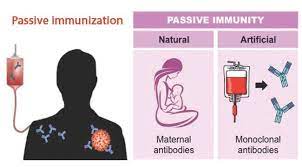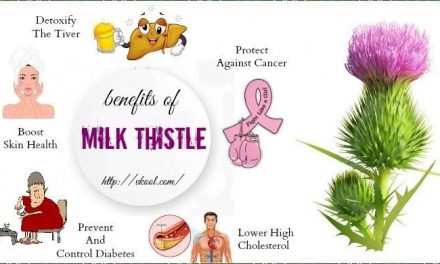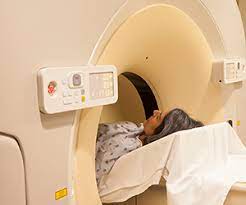When strange bacteria and pathogens find their way into your body, they’re usually destroyed by your immune system. Before getting to your immune system, foreign material has to go through a few lines of defense that your body has in place. Active and passive immunity are the two most common ways that your immunity is strengthened.

Active and Passive Immunity
What Are Active and Passive Immunity?
Get full knowledge about Active and Passive Immunity with the help of this article written by Pritish Halder.
our immunity grows stronger when there are antibodies to illnesses and diseases present. Antibodies’ purpose is to damage or kill foreign organisms that enter your body. Active and passive immunity both serve this purpose but are different in how antibodies are created.
Active Immunity. Active immunity is more common in our bodies than passive immunity. Our individual immune systems build up active immunity instinctively as we’re exposed to new bacteria and strange pathogens.

Active Immunity
Active immunity happens in response to breathing new air, eating new food, and touching new things. People with average immune systems don’t get sick every time something new enters their body because active immunity is constantly working to neutralize foreign agents. Examples of active immunity are numberless because your body is exposed to and reacts to new pathogens every day.
Passive Immunity. Any contributions not made by the body are considered passive immunity. These are less common, but they are incredibly important because they let our bodies take a proactive defense against dangerous illnesses and diseases.

Passive Immunity
Active Immunity and Passive Immunity- Differences
| Active Immunity | Passive Immunity |
| Active immunity is usually permanent – it is produced by the antibodies of the host in response to direct contact of an antigen | Passive immunity lasts only for a few weeks or months. It is produced by the introduction of antibodies from outside to the host |
| It produces an immunological memory | It does not produce immunological memory |
| When the antigens enter the body, antibodies and other specialised lymphocytes are produced | Antibodies are introduced from an external source. For instance, a mother introduces antibodies to a fetus through the placenta and to an infant via mother’s milk. |
| There are no side-effects | It may cause reactions |
| Immunity does not occur immediately | Immunity develops immediately |
Overview

Active Immunity and Passive Immunity- Differences
- Active immunity is attained by exposure to a pathogen. This leads to the production of antibodies in the body. The antigens present on the surface of the pathogens act as markers that bind to the antibodies.
- Passive immunity is acquired when antibodies are introduced into the body from an external source (usually through vaccines) . It provides a quick response to the infection.
Pros and Cons of Active Immunity
A benefit of active immunity is that it lasts longer than passive immunity. Active immunity creates a certain kind of cell that has a long memory, and when they recognize a dangerous pathogen, their memory is triggered. The cells multiply and alert other parts of the immune system that something familiar is back, and they work together to fight something they know exactly how to defeat.
Although you typically take in foreign substances that aren’t life-threatening, it’s possible that you may come across something dangerous. Because active immunity is random, there’s more room for illness and disease.
Similarly, active immunity doesn’t protect you against mutations of diseases that your body already has antibodies to. When diseases mutate, they change structure in ways that your immune system isn’t prepared to fight.
Pros and Cons of Passive Immunity
Passive immunity is valuable to your health because you can be immediately prepared to fight specific, dangerous illnesses and diseases. It protects your body from things it might not be able to overcome on its own.
Additionally, passive immunity gives your immune system a boost immediately.
The greatest downside to passive immunity is that these antibodies don’t stay in the body for very long. Because your body isn’t continually reacting to specific pathogens, the antibodies that fight them will die off without restocking.
Examples of Passive Immunity
One of the most common instances of passive immunity happens between mothers and their children. Babies benefit from passive immunity via their mothers before they’re born and for a period of time afterwards. Their mother’s placenta and breastmilk offer something called maternal antibodies to help keep them healthy.
Placenta. Pregnant women give their babies nutrition and defense against illness through placentas and blood circulation. With blood, maternal antibodies and other immunity defenses travel to the

Passive Immunity examples
unborn child. Although the baby is mostly safe from bacteria and illness before birth, immediately after leaving its mother’s body the baby is susceptible to them.










